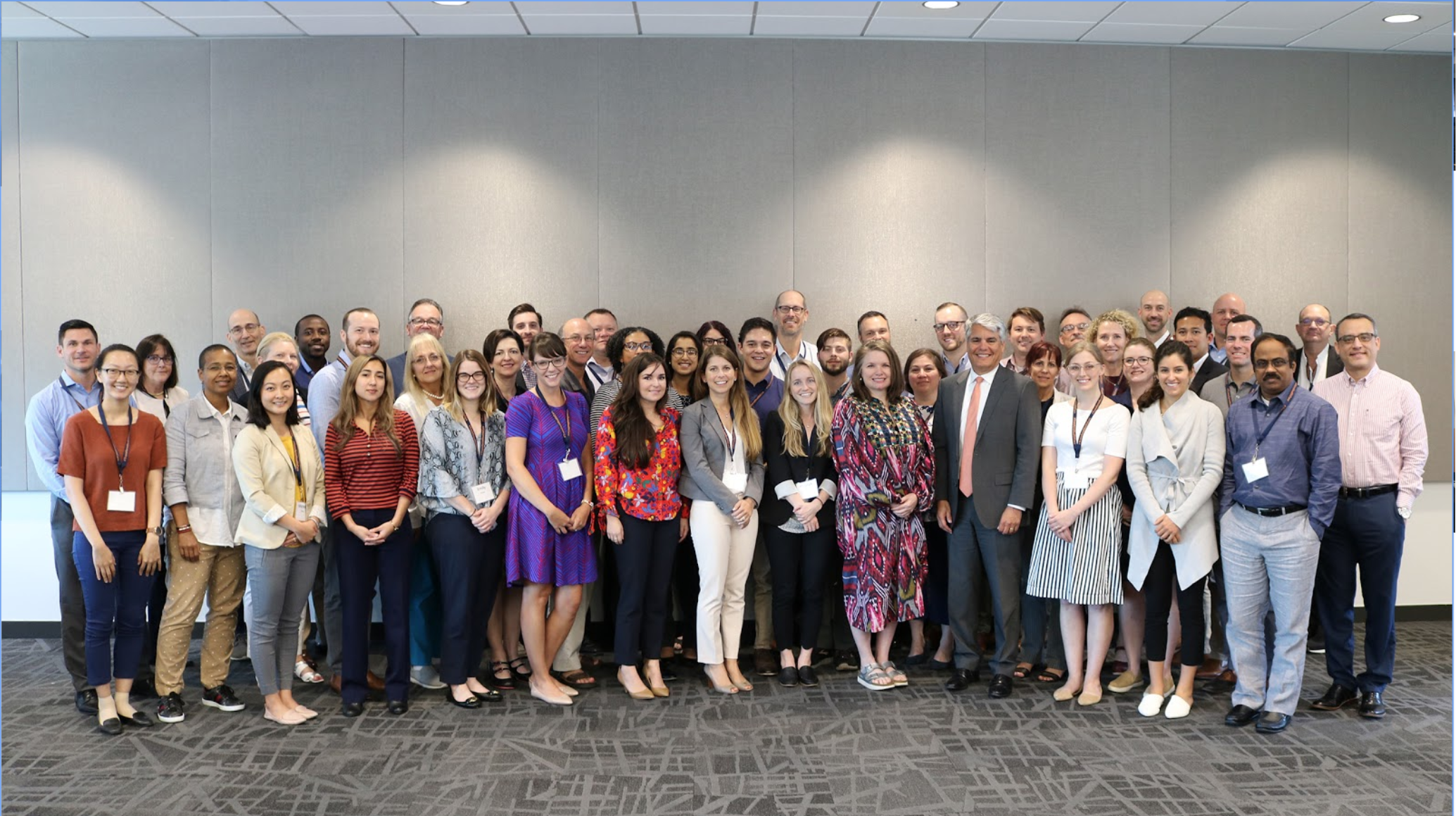Patients and healthcare professionals believe in the power of engaged patients, or as our friend Dave deBronkart coined: E-Patients, but often all the responsibility is put on only the patient. It’s true that patients need to be active participants and do their part to stay educated, follow their doctor’s orders, and be proactive, but other healthcare stakeholders have a large role to play too.
Part of that role is including their patients as partners in their healthcare. We don’t just mean throwing some brochures at them either.
Include Patients in all Areas of Healthcare
Let’s take medical conferences for example. This opinion piece written by two M.B.A./M.P.H and Ph.D. candidates with cystic fibrosis, Gunnar Esiason and Emma D’Agostino, calls out medical conferences for excluding patients diagnosed with the very conditions the conference is centered around. Medical conferences are a great opportunity for varying healthcare professionals to share ideas, concerns, and innovations, but rarely include patients. This is a shame since patients would not only benefit from the education of these events but could also greatly contribute. How many sessions have healthcare professionals attended that talk about “addressing patient concern” or “creating engaged patients” but are devoid of any patient speakers or attendees?
Including patients in medical conferences would greatly empower patients, and give invaluable insights to the healthcare professionals. As Esiason and D’Agostino point out, it’s also important for conferences to enthusiastically invite patients, and not just try to placate them by offering tickets that are too expensive for most people to afford on their own.
Don’t Assume
Doctors are busy people with a lot of patients to see, we get it. However, just as there is a responsibility on patients to be active in their health, there is a responsibility on doctors to properly equip them. However, some doctors, nurses, and other healthcare professionals don’t try to fully explain a patient’s health because they assume that “patients won’t get it.” (Which goes into a whole other issue of healthcare using reading levels that are way too high for most Americans, but that’s a topic for another time.) Healthcare professionals should take the care to explain a patient’s diagnosis, options, and care plan as simply as possible. At the very least, if a doctor has to rush off to their next patient, they should have simple reading materials with the patient’s care options, or links to easy-to-use online guides available to send the person home with. Doctors should also utilize secure online messaging and ensure patients know that they are always welcome to ask questions and offer suggestions.
Speaking of the mentality that “patients won’t get it,” healthcare professionals might be surprised at the number of patients or patient family members who actually do understand medical care and are eager for someone to further inform them so they can be equipped, engaged, empowered, and enabled over their health.
If we truly want to see empowered and engaged patients, healthcare professionals need to include them in what might be seen as the medical inner circle: medical conferences, healthcare round tables, fully explaining a diagnosis and options, and more.
Partnerships are Key for Patient Engagement
Instead of feeling powerless or uneducated simply because they don’t understand healthcare jargon or know what steps to take to improve their health, patients should feel equipped with the right information and tools to take control of their health.
Whether encouraged by their doctor, a nurse, a specialist, or an organization, patients will be more engaged with their health and see better results when they’re treated as partners. It is their life and their health after all.





